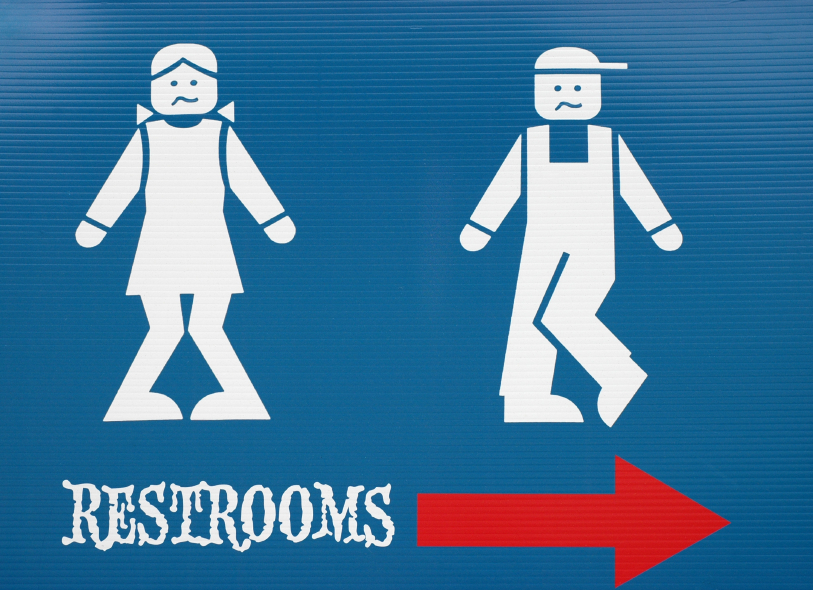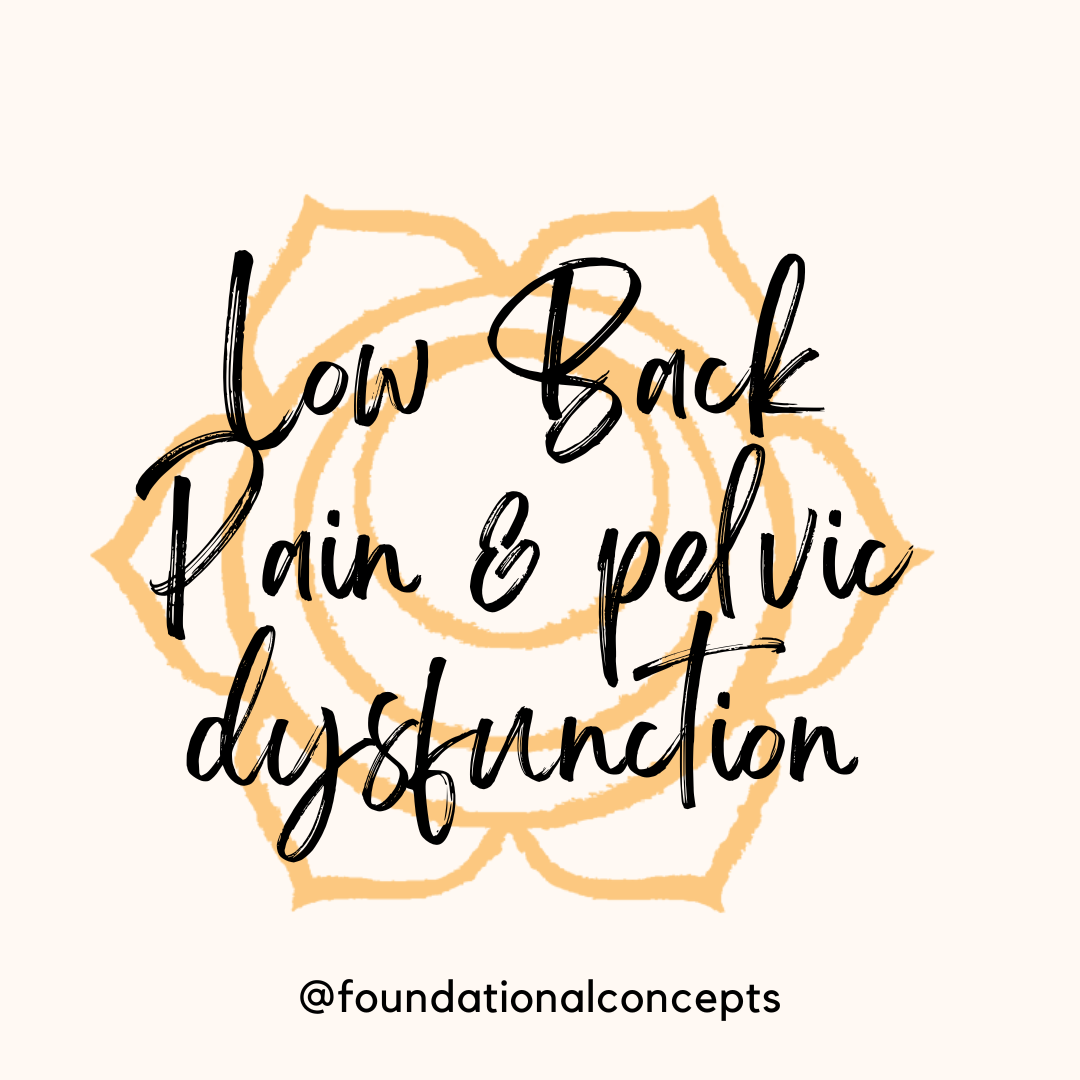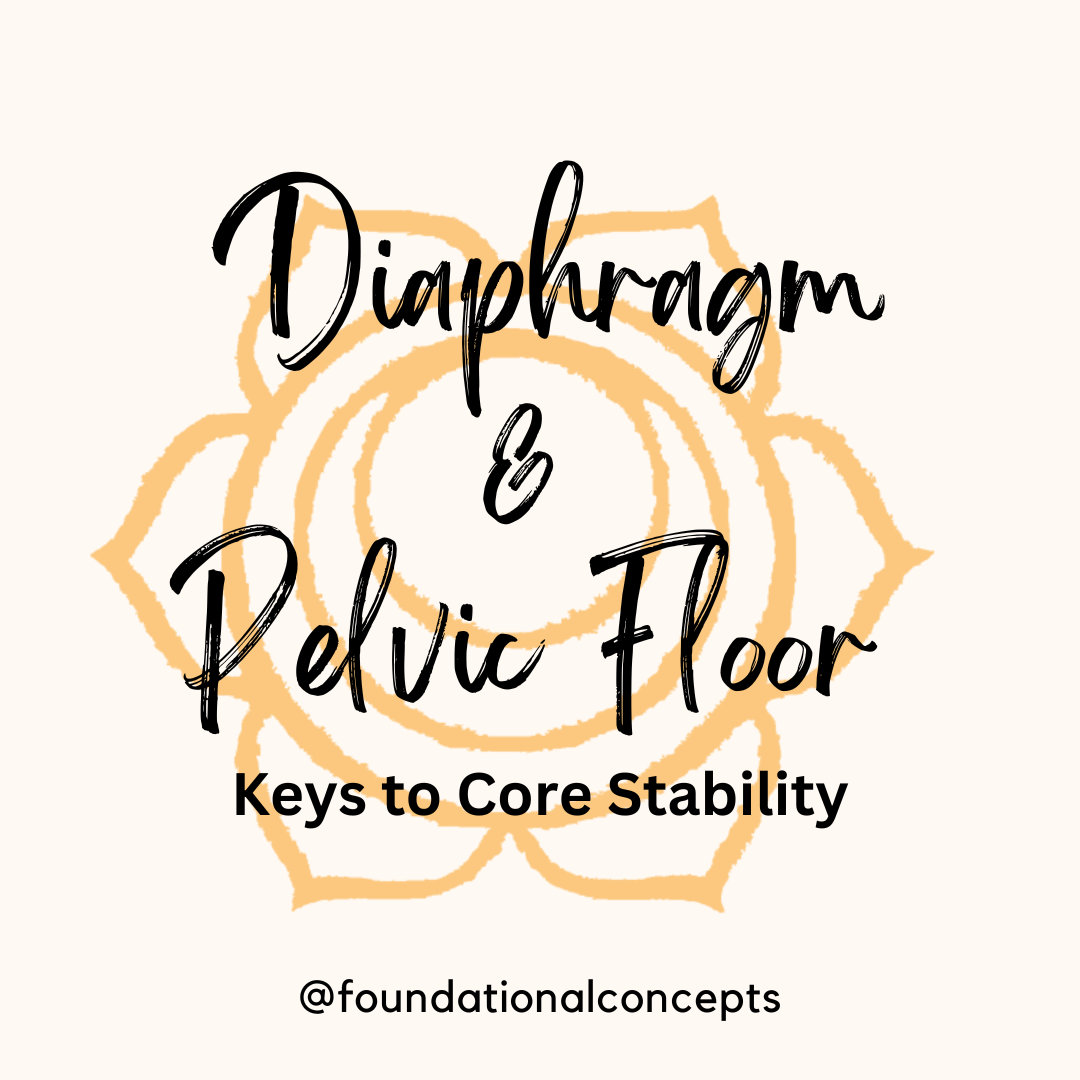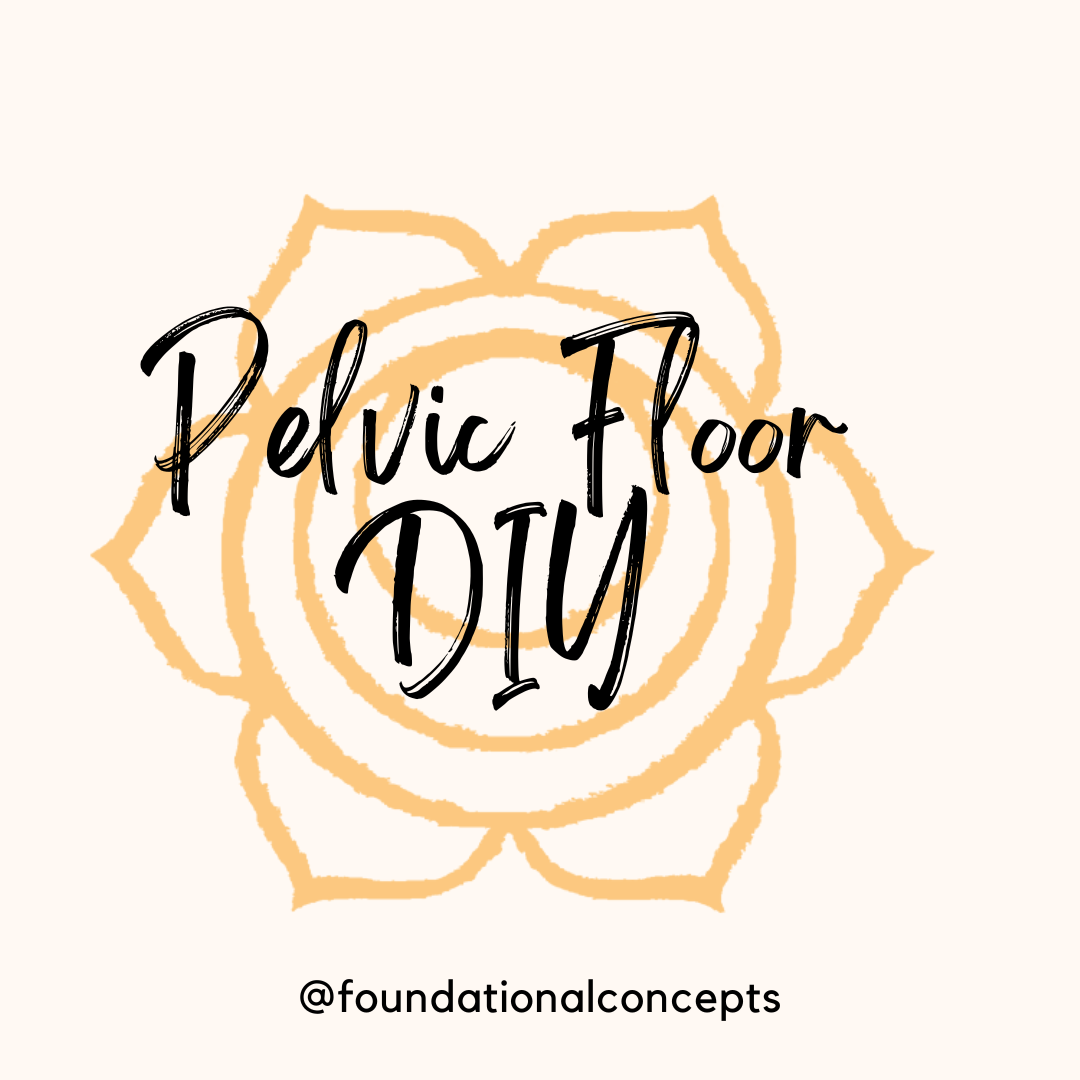When someone comes into physical therapy for back pain, we as physical therapists need to…

Bladder Health via Foundational Concepts
When it comes to normal bodily functions, often times we do not put much thought into them until something goes wrong. Today’s blog will discuss healthy and normal bladder function and anatomy. This seems like a simple concept, however much can go wrong with bladder health.
Understanding our anatomy and body function is a very important component in our general health. When it comes to our bladder function there are several different components. First lets discuss the process in which urine is created, stored and expelled.
Bladder Health and the Kidneys
Our kidneys are a vital component when it comes to urination. They filter the blood, taking out the excess water and waste components. The water and waste are then combined to form urine. The urine is then carried to the bladder through the ureters. When the urine enters into the bladder, the bladder begins to stretch. There are two components in which the bladder is sensitive to, the amount of fluid in the bladder and the chemicals that are in the urine (this is why certain things like coffee or soda make us urinate more frequently). A healthy bladder will stretch until it has approximately 300-400mL and then will signal to the brain that it is full. it’s at that point we decide it is time to urinate.
Once we decide to urinate we typically walk to the restroom and when we are ready to empty we will excrete urine. This occurs because we have the strength in our pelvic floor musculature to maintain a contraction without cognitively thinking until it is an appropriate time. This should occur every 2-4 hours, depending upon the volume and substance of what we have consumed, and no more than one time per night, if at all.
Bladder Health and the Factors the Effect It
According to Lukacz et Al, there are many factors that play a role in changes that occur to this system. They include Developmental (toilet training), knowledge/education, physical (our anatomical make up), behavioral (smoking, diet), environmental (access to toilets, work), and personal factors. Next we will discuss what factors impact this area of our life and how we can address these changes.
Developmental Factors
First lets talk about the developmental aspect. Most of us will not recall one bit of toilet training! What most of us do recall is “always use the restroom before you leave the house, even if you just went.” This is a habit that many of us have gotten into, however it may not be the best habit. We often times find ourselves emptying our bladders at unnecessary times, which may cause an overly sensitive bladder.
Knowledge and Education
Next lets talk about knowledge/education. We often times just let our bodies do their thing and if something seems wrong we may have it checked, or we may not. When it comes to the bladder it is very important to understand that there is musculature throughout the pelvic floor. When we have the understanding of how the pelvic floor musculature works and are able to control this area of our bodies, we can help to prevent circumstances such as urinary incontinence.
Bladder Health and Genetic Makeup
In regards to the physical aspect there can be variants in our genetic makeup that may cause bladder issues. Traumatic events such as a prolapse after child birth or prostate issues in males can also cause problems. Other factors that play a role physically can be increased pressure due to weight and/or constipation causing increased strain and pressure.
Behavior
Our behaviors may also play a role in bladder health. Our diet can affect what is occurring in our bladder, from the fluids we drink to the foods we eat. Coffee, soda and acidic fruits are a few examples of irritants to the bladder. They can cause overall changes that increase frequency of urination, pain in the bladder, burning with urination or even incontinence. Other behaviors such as smoking, medications, holding back urine for multiple hours and so forth can also caused increased bladder irritation.
Bladder Health and Your Environment
When we are referring to environmental factors, we are looking at a multitude of things. Are the toilets clean, do we have appropriate access to amenities, does our career allow for use to use the restroom when necessary (ie: Teachers, nurses)? These all play a role in our bladder health. We need to listen to our bodies and perform toileting tasks as needed. Often times individuals choose not to use the restroom in public places. Again, this typically stems from childhood habits of using the restroom before leaving the house instead of going when your body needs you to go. These traits carry over and can lead to more harm than good.
And last, but certainly not least: personal factors. There are certain aspects of bladder health that we may not be able to control and that is ok. However, if we take control of the factors that we can, we may note a moderate reduction in the symptoms that present themselves in one way or another.
If you are looking for guidance about what you can do to improve your bladder health, do not hesitate to contact a pelvic floor physical therapist. We can guide you down a path toward a healthier life and a happier bladder!
Samantha Crager, PT, DPT
Lukacz, E. S., Sampselle, C., Gray, M., MacDiarmid, S., Rosenberg, M., Ellsworth, P., & Palmer, M. H. (2011, September 16). A healthy bladder: a consensus statement. Retrieved May 01, 2017, from http://onlinelibrary.wiley.com/doi/10.1111/j.1742-1241.2011.02763.x/full



